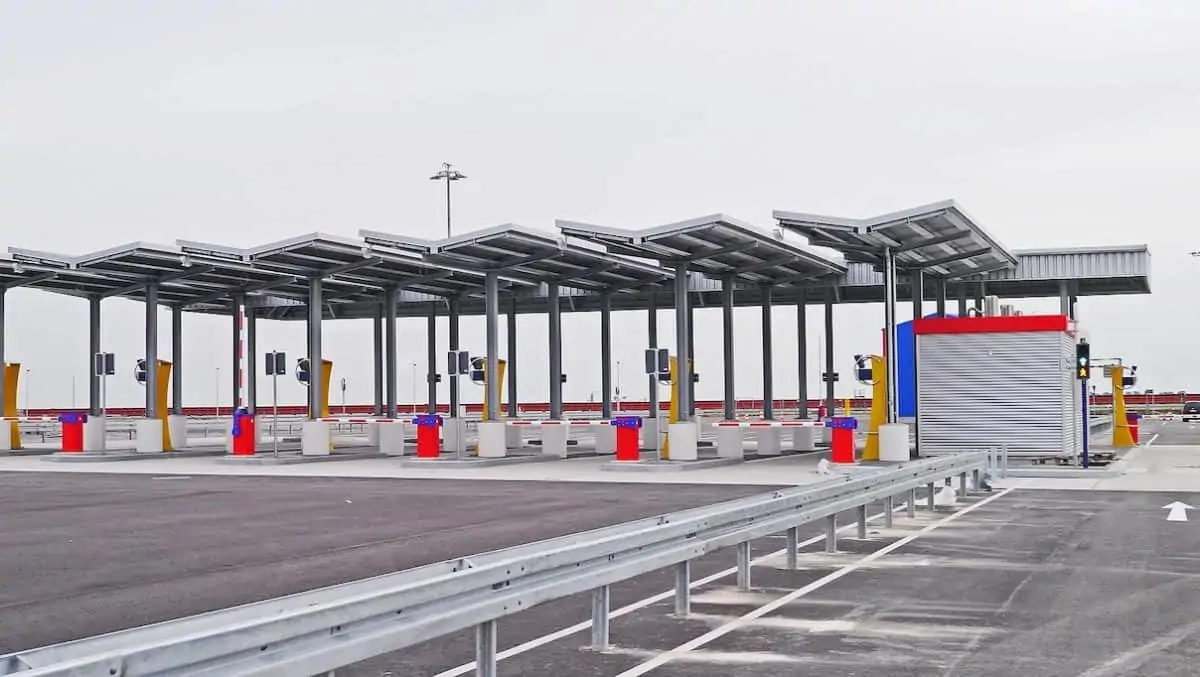According to article 35 of the Customs Law, customs clearance is defined as the set of procedures and acts, carried out before customs, related to the entry and exit of merchandise from the national territory, which depends on the different traffics ( air, sea, land) and customs regimes.
In short, customs clearance is the set of procedures used to verify and approve the entry or exit of goods. Likewise, its process is based on the declaration of certain relevant information before the corresponding customs authority.
When a merchandise enters the country, it reaches controlled warehouses whose purpose is to save what is in the import process and wait for its customs clearance in Mexico. That is, the goods that arrive at said warehouse have not been formally introduced into the territory, but are protected.
The 5 Steps of Customs Clearance
Within the customs clearance process, the figure of the customs agent stands out, in charge of declaring the goods through an electronic system that streamlines commercial traffic.
Likewise, customs clearances can be chosen for review and merchandise subject to inspection, which consists of an automatic selection mechanism (fiscal traffic light). In general terms, the merchandise clearance process includes the following stages:
1. Release of Guides
It refers to the document with the details of the merchandise. Here the sender, recipient, type of articles and cargo, among other important specifications, must be clearly indicated.
2. Physical Inspection of Cargo
When the merchandise has already been destined for the audited warehouses, it is carefully verified and compared with the information declared in the guide.
3. Preparation of the Motion
Official document, in digital format, that is required for the cargo to pass through the tax traffic light. It describes the merchandise, the customs regime, the traffic and other formalities.
4. Payment of Contributions
All merchandise that enters or leaves the country is subject to rates according to its classification. Most exports are unpaid, however, imports vary from 5 to 20% of the total cost.
5. Request for Merchandise
After passing through the tax traffic light (if it goes green, the merchandise goes to review, if it appears red, it will be held for inspection), all merchandise is checked with gamma rays. At the end of this process, the merchandise is released and it is possible to dispose of it.
Types of Customs Clearance of Goods
Within the customs clearance process there are three modalities:
A. Advance Dispatch
It allows the goods to be declared before the means of transport reaches the destination port. The above, with the intention of reducing costs and delivering products in an accelerated and direct way to the consignee’s warehouse. Recommended for perishable products.
B. Urgent Dispatch
Its main characteristic is to facilitate the entry of relief shipments in the case of epidemics, disasters and natural disasters, and of those goods that require preferential treatment for their dispatch. An example is special medicines.
C. Exceptional Dispatch
It allows to request the customs destination up to a maximum period of 30 days after the date of the end of the unloading, however, after said time, the merchandise may incur legal abandonment. Type of office used, in some cases, for machinery.
Who is Indicated for the Dispatch of Merchandise of My Business?
Customs clearance is an essential aspect that must be paid close attention when carrying out any commercial operation. Therefore, it is important to choose the right representative before customs, who will carry out the procedure correctly.
Some advantages of having qualified professionals are the following:
1. Advice on procedures for compliance with regulations.
2. Facilitate customs clearance.
3. Determine what taxes must be paid.
4. Make the payment of duties and taxes.
5. Determine what are the customs regimes, among other activities.
5 Advantages of a Customs Agency for Your Company
In essence, a customs agency has a great purpose: to support companies in everything related to foreign trade in three circumstances: import, export and release retained merchandise.
Therefore, some advantages of having a customs agency are the following:
- Regulation of all customs procedures.
- Preparation and presentation of the merchandise declarations.
- Adequate classification of goods in the tariff nomenclature.
- Verification before customs of the correct declaration of quantity, quality and value of the merchandise.
- Advice on the procedure and requirements that must be met for customs clearance of goods.
Services Offered by a Customs Agency
Regarding the choice of the services of a customs agency, it is advisable to choose with the account with experience, professionalism, but above all the one that gives you confidence and legal certainty.
At Grupo Bolt Agencia Aduanal, we have the infrastructure and sufficient experience to improve your foreign trade processes by offering services such as:
• Import to Mexico
• Logistics & Transport
• Storage and distribution
• Import of Merchandise
• Customs trading company


Muchas gracias por la publicación. Saludos 🙂
this is a great article about customs clearance process
thank you